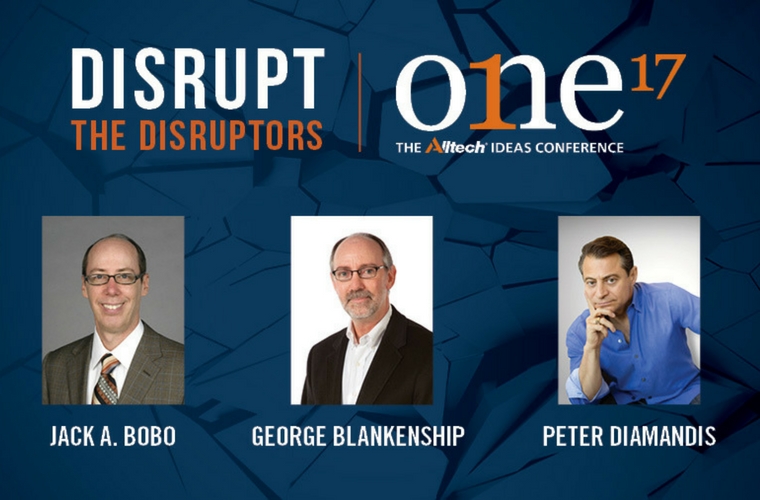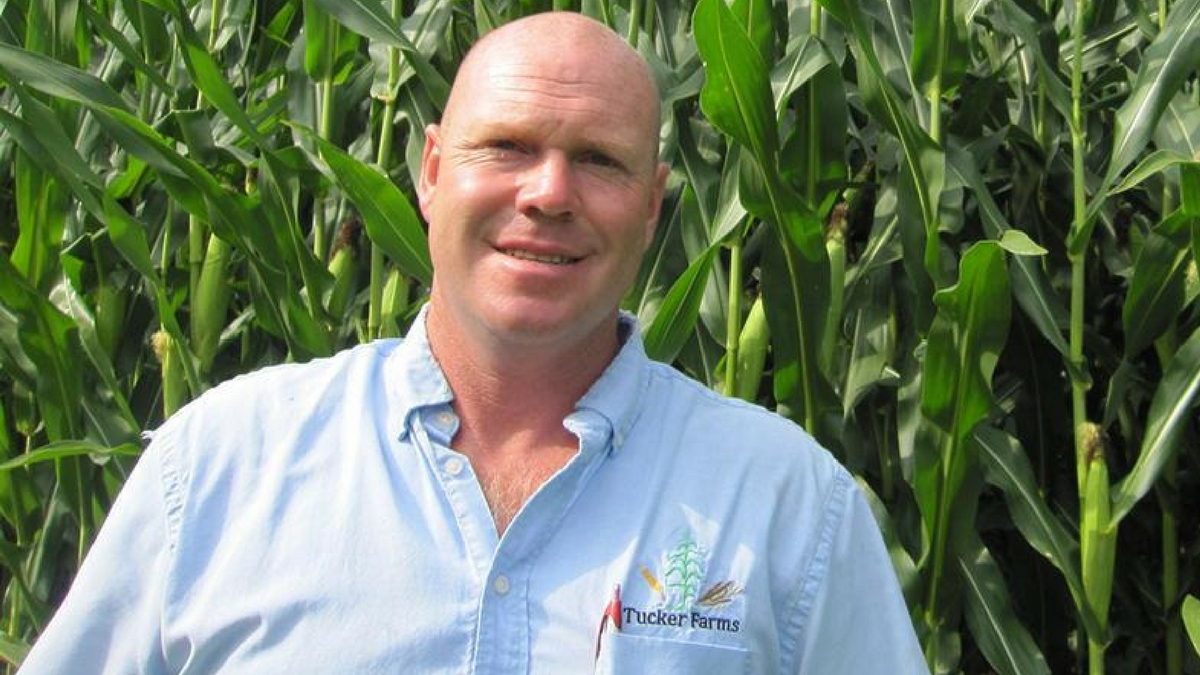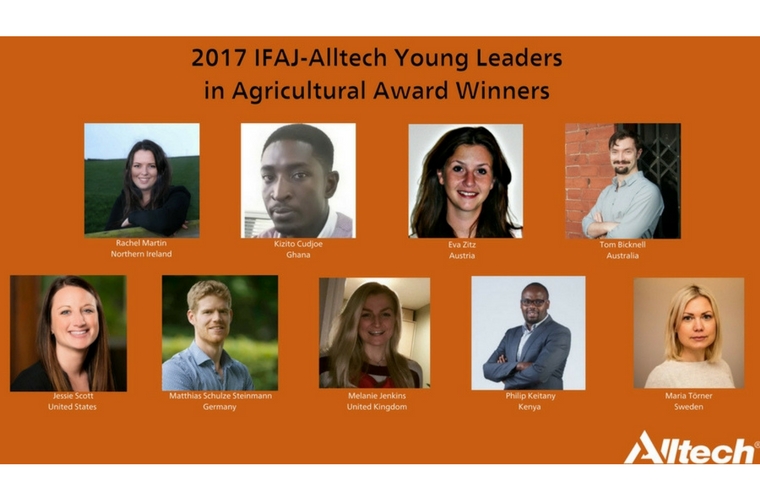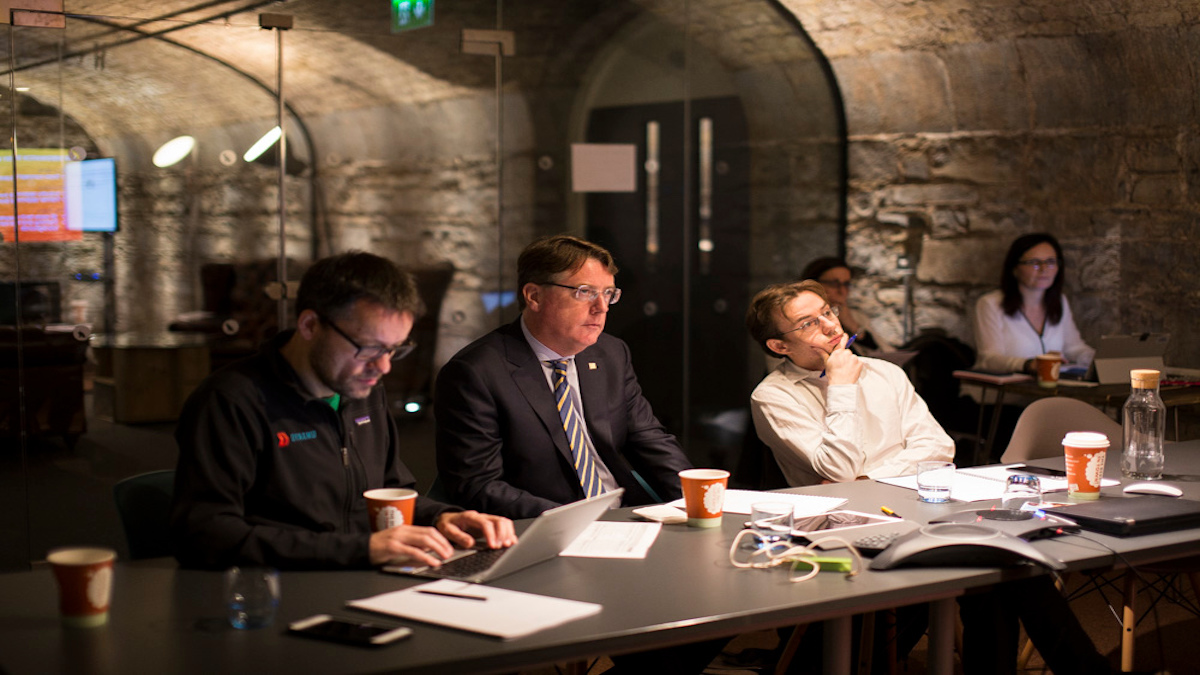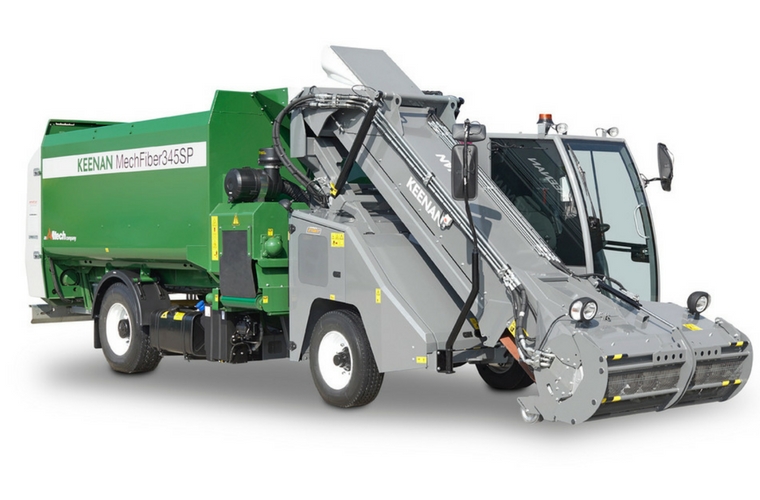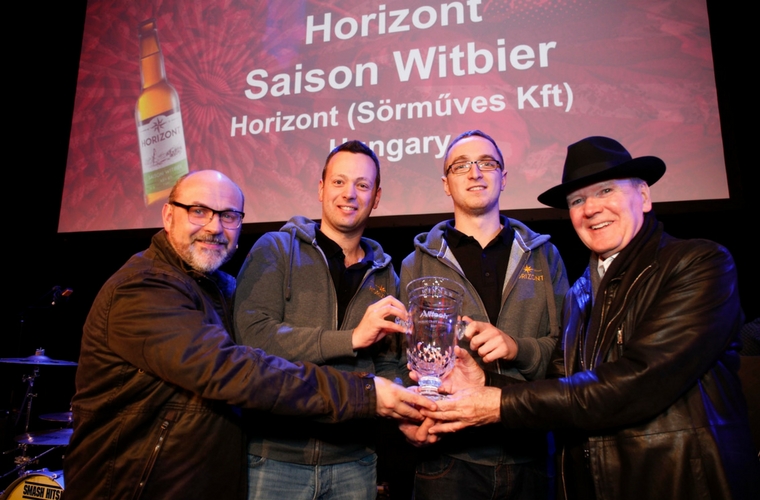Nueve periodistas viajarán a Sudáfrica para participar en el programa IFAJ-Alltech de Jóvenes Líderes
Nueve periodistas agrícolas tendrán pronto la oportunidad de sumergirse en una formación práctica sobre desarrollo profesional, liderazgo y creación de redes globales como ganadores de la edición de 2017 del premio Jóvenes Líderes del Periodismo agrícola IFAJ–Alltech.
Más de 100 periodistas jóvenes han recibido este premio y han consolidado sus capacidades comunicativas y de liderazgo en el sector del periodismo agrícola desde que el programa se inició en 2005.
Los afortunados galardonados en la 12ª edición del premio son:
- Tom Bicknell, Australia
- Kizito Cudjoe, Gana
- Melanie Jenkins, Reino Unido
- Philip Keitany, Kenia
- Rachel Martin, Irlanda del Norte
- Matthias Schulze Steinmann, Alemania
- Jessie Scott, Estados Unidos
- Maria Törner, Suecia
- Eva Zitz, Austria
El premio patrocina la participación de los ganadores en el congreso de la Federación Internacional de Periodistas Agrícolas (IFAJ) y en un taller intensivo organizado a modo de campamento. El campamento de este año se organizará del 31 de marzo al 1 de abril antes del congreso de la IFAJ que se celebrará en Gauteng (Sudáfrica).
"Año tras año, seguimos siendo testigos de cómo las mentes más brillantes y talentosas del periodismo agrícola de todo el mundo reciben este premio", destacó el Dr. Pearse Lyons, presidente y fundador de Alltech. "Mi más sincera felicitación a estos nueve candidatos excepcionales. Son el vivo ejemplo del liderazgo, las aptitudes y la dedicación que requiere informar y conectar a la industria agrícola con un público más amplio".
El proceso de selección del premio de Jóvenes Líderes del Periodismo agrícola IFAJ–Alltech incluye una presentación por escrito, un análisis crítico del potencial de liderazgo del candidato, una demostración de sus capacidades de liderazgo y una carta explicando su motivación por participar en el programa.
Tom Bicknell ha ejercido varios cargos relacionados con la comunicación agrícola desde 2008. Su carrera en los medios, que se ha centrado en la horticultura, ha incluido diversos puestos como primer editor de la revista hortícola de negocios 'Produce Plus', redactor para 'Asiafruit Magazine', organizador y juez del primer premio al Vendedor del año PMA-Produce Plus y asesor editorial de la editorial agrícola Coretext, para la que ejerció de redactor y responsable de varios títulos y campañas de comunicación.
Kizito Cudjoe cuenta con más de seis años de experiencia como redactor en 'Business & Financial Times', uno de los diarios más prestigiosos de Gana. En 2016 fue escogido Corresponsal de Turismo del año por la Autoridad de Turismo de Gana por su contribución al desarrollo de la industria turística local.
Melanie Jenkins, periodista agrícola y consultora de relaciones públicas en Agri-Hub desde 2015, escribe para numerosas publicaciones del Reino Unido, incluidas 'Farmers Weekly', 'Farmers Guardian' y 'Crop Production Magazine'. Recibió en 2015 el premio de formación del gremio británico de periodistas agrícolas John Deere.
Philip Keitany es periodista de negocios en Kenya Television Network, la principal empresa de medios de Kenia. En enero de 2016 recibió luz verde para producir y rodar un corte semanal sobre agroganadería titulado 'The Next Frontier' que ha compartido ya las historias y vivencias de más de 100 protagonistas de la industria agrícola de toda Kenia y África Oriental.
Rachel Martin escribe para 'Belfast Telegraph', el mayor periódico de Irlanda del Norte. Ha informado sobre la industria agrícola desde Italia, Suiza y Escocia. Sus artículos y fotografías se han publicado en 'Belfast Telegraph', 'Irish Independent', 'FarmWeek' y 'Farming Life', entre otros.
Matthias Schulze Steinmann es jefe de redacción adjunto de 'Wochenblatt für Landwirtschaft & Landleben', un periódico agrícola centrado en los aspectos económicos, comerciales y políticos del sector. En 2013 le concedieron el premio de periodista especializado del año Karl Theodor Vogel.
Jessie Scott es gestora de contenidos digitales en Meredith Agrimedia. Durante los últimos cuatro años, ha cubierto las tendencias en maquinaria agrícola para 'Successful Farming Magazine' y ha ejercido como responsable de su web y programa de televisión. Además de crear contenidos, también trabaja con el equipo editorial para coordinar la cobertura de noticias en Agriculture.com y es la encargada de la distribución de contenidos a través de los boletines y las redes sociales.
Maria Törner escribe para la revista agrícola 'Land Lantbruk' de LRF Media, una de las mayores editoriales de Suecia. En 2014 recibió la beca Gunnar Ernest para estudiantes ambiciosos del sector alimentario y agrícola.
Eva Zitz escribe para el periódico austriaco 'Oesterreichische BauernZeitung'. En 2014 fue galardonada con el premio de mejor periodista joven de la Dirección General de Agricultura y Desarrollo Rural de la Comisión Europea y de la Red europea de periodistas agrícolas. En 2015 recibió también el premio Josef Steiniger concedido por el gremio austriaco de periodistas agrícolas.
"La IFAJ aprecia enormemente el compromiso de Alltech con el periodismo agrícola mundial y, en especial, su apoyo para que jóvenes periodistas talentosos se conviertan en líderes del periodismo agrícola de sus países", señaló Owen Roberts, presidente de la IFAJ. "Hay una larga lista de ejemplos de cómo los ganadores del premio Jóvenes Líderes que participaron en el programa patrocinado por Alltech están contribuyendo a reforzar tanto a la IFAJ como al periodismo agrícola. Alltech ayuda a desarrollar y a motivar a un gran número de talentos por todo el mundo".
Más de 100 periodistas jóvenes han recibido este premio y han consolidado sus capacidades comunicativas y de liderazgo en el sector del periodismo agrícola desde que el programa se inició en 2005.
- Read more about Nueve periodistas viajarán a Sudáfrica para participar en el programa IFAJ-Alltech de Jóvenes Líderes
- Log in to post comments















